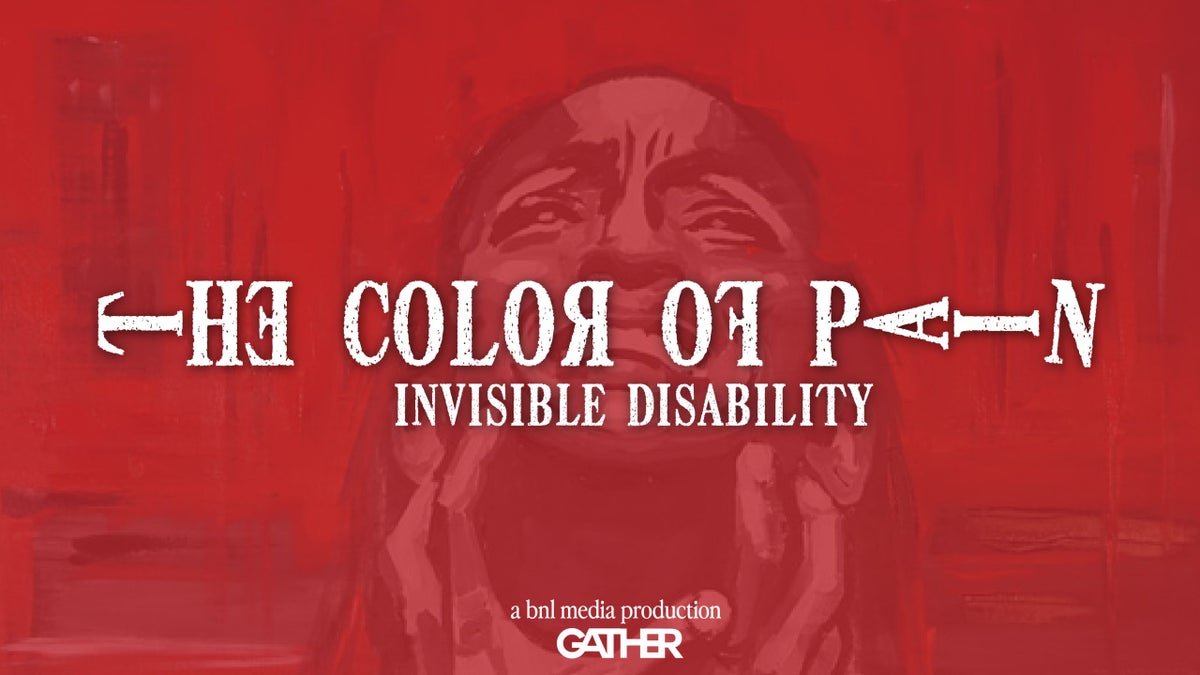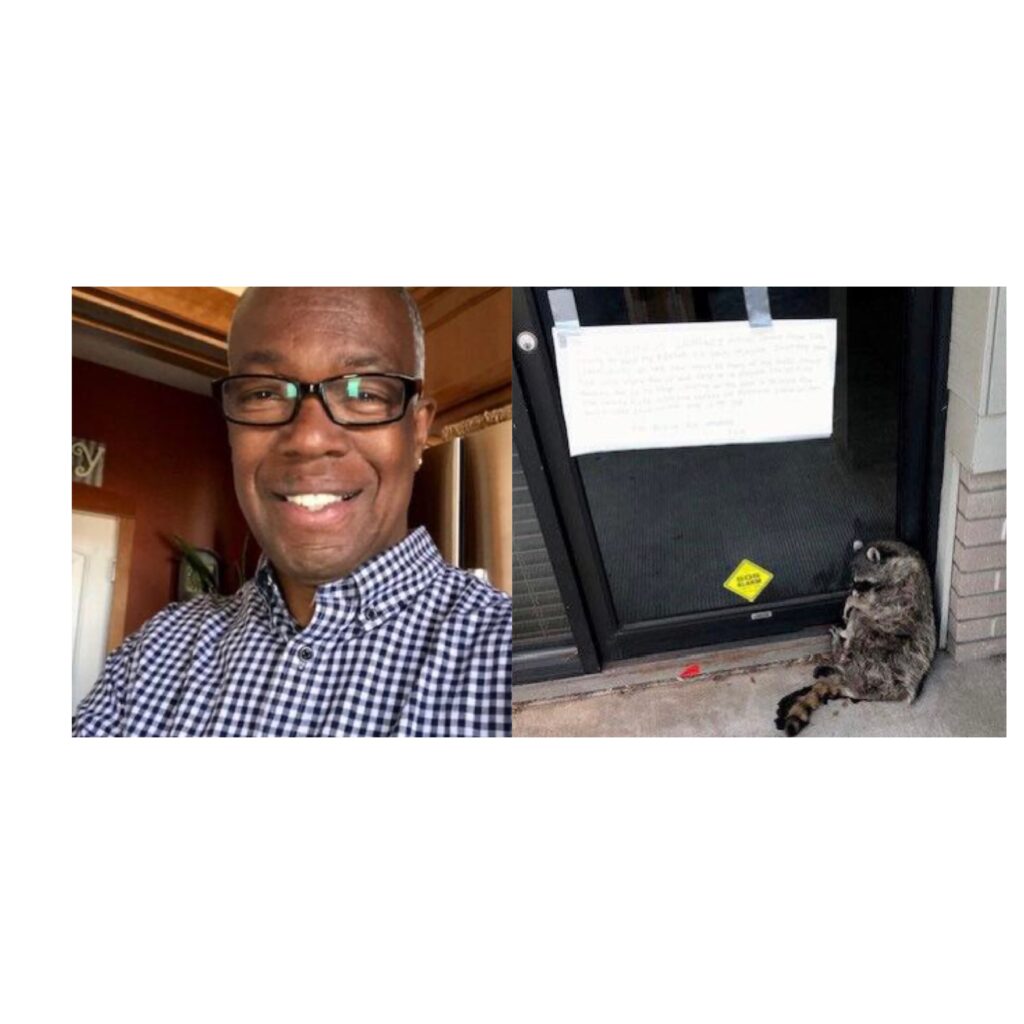
Black women are often treated with skepticism or apathy when they discuss their pain, and healthcare can be even more difficult for Black women with invisible disabilities.
“The Color of Pain” examines this gender pain gap, “the phenomenon in which pain in women is more poorly understood and more mistreated compared to pain in men due to systemic gaps and biases.”
The new film— which the IDA selected as Doc of the Week in May—specifically delves into the trauma Black women with invisible disabilities face.
According to the Center for Disability Rights (CDR), the following list of conditions are recognized as invisible or hidden disabilities: “learning differences, deafness, autism, prosthetics, Traumatic Brain Injury (T.B.I.), mental health disabilities, Usher syndrome, bipolar disorder, diabetes, A.D.D./A.D.H.D., fibromyalgia, arthritis, Alzheimer’s, anxiety, sleep disorder, Crohn’s disease, and many more.”
This issue recently came to the forefront of the news cycle after Edward Enninful, Editor of British Vogue, came forward and confessed that he has invisible disabilities. His own health difficulties, which include eye, hearing, and blood disorder issues, inspired May’s recent edition of the magazine, which featured “a total of 19 disabled people form the worlds of fashion, sport, culture and activism,” and in Enninful’s words was “one of the proudest moments of my career.”
Ahead of the documentary’s premiere, ESSENCE had the chance to sit down with Hallager, Jo, and Brittany Lee Lewis, one of the individuals featured in the film.
For director Hallager, this production is truly a labor of love and quite personal, having an invisible disability herself. Hallager said she was inspired to make this film for people like herself, recounting an anecdote from years ago when she first got sick. Hallager shared that her invisible disability is that her brain leaks fluid, and having a manager say, “well, you don’t look sick,” prompted the push to make this documentary.
From that point on, Hallager said she was on a mission. “Sometimes when people hear the word disability there’s some shame behind it, especially for people of color. I want people to watch this documentary and understand that you have your tribe. That is us, you have support. Lean in and reach out to us.”
Jo chimed in with a message of empathy. “I hope the other possible thing that we achieve is compassion from those who may not suffer [from an invisible disability]. The more that you can educate people and inform them, the more that people can have understanding that leads to compassion. I hope that when people watch the film, they’ll have a better understanding.”
Lewis, a PhD candidate at George Washington University, has been dealing with invisible disabilities for almost her entire life. Lewis revealed that after her mom was in a car crash when she was 12, she moved into the role of caretaker alongside her father. “It’s very, very real for us and a lot of people don’t know because if you look at my mother, you would not know that she is one [with an invisible disability] and suffering from severe pain and handicapped.”
During filming, Lewis even discovered that she too suffered from an invisible disability after being diagnosed with an autoimmune disease. When she felt that her concerns weren’t being adequately addressed initially, Lewis was forced to become her own advocate. This experience made Lewis realize the importance of this documentary even more.
“Black women’s concerns are just not heard. They are dismissed,” she shared. “We are told that we are fine. Our pain is dismissed, our discomfort is dismissed. We know that issues that disproportionately affect women and especially Black women are underfunded and under researched and part of that is invisible disabilities.”
Jo hopes that this will be a turning point for the invisible disability community. “This is how great movements begin, one brave person who comes out and takes that risk, and then it turns into a wave. I believe a wave of support will come behind the documentary from people who are also impacted [by this issue].”







